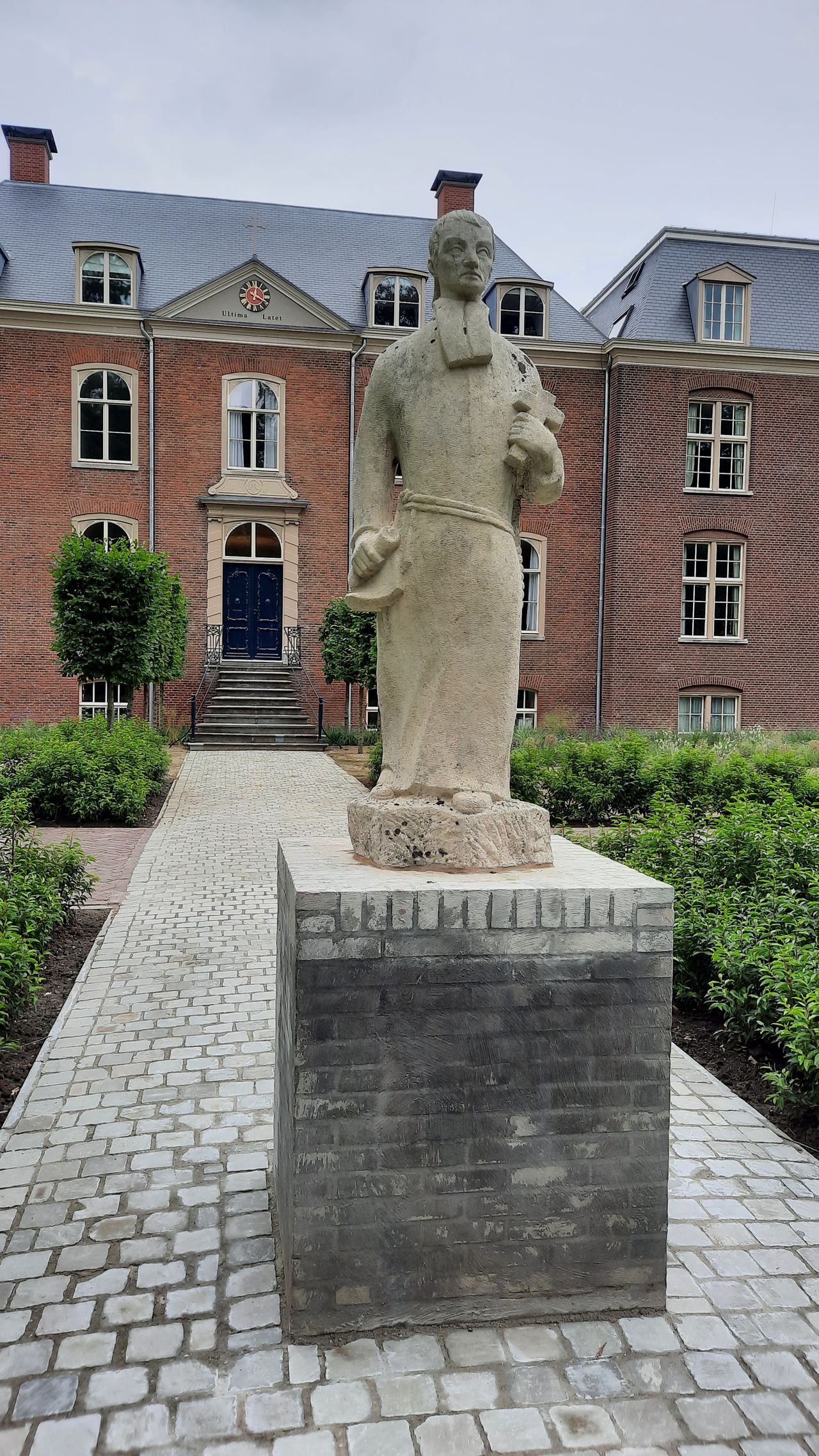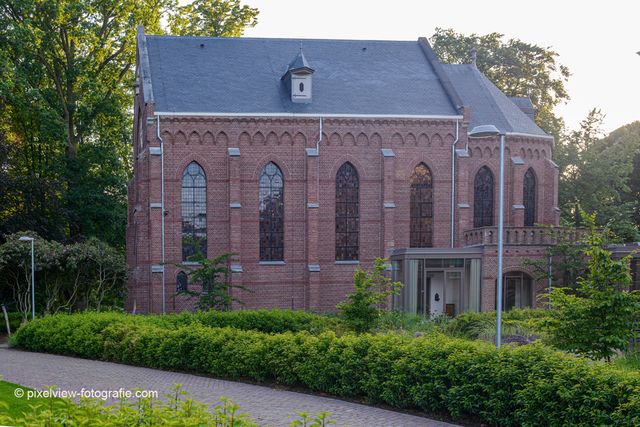Estate Groot Bijstervelt
Estate Groot Bijstervelt has a rich history. Its origins date back to the 14th century. Since then, Groot Bijstervelt has changed owners, names, and functions several times.
Estate Groot Bijstervelt has a rich history that dates back to the 14th century. Since then, Groot Bijstervelt has changed owners, names, and functions multiple times.
In the Middle Ages, the Dukes of Brabant granted the estate Bijsterveld as a fief. 'Bijsterveld' or 'Biesterveld' literally means wild, infertile land. Oirschot is an ancient lordship; the lords of Oirschot shared rights with the Duke of Brabant. This division was established in the 14th century.
The oldest known mention of Bijsterveld in Oirschot dates back to 1312. Aleydis, the daughter of the late Henricus van Audenhove, holds the ducal fief Bijsterveld in hereditary fief from Duke Jan III. The fief subsequently passed through various families, including in the 16th century, members of the noble Van Merode family, who were lords of Oirschot.
The property, increasingly referred to…
Estate Groot Bijstervelt has a rich history that dates back to the 14th century. Since then, Groot Bijstervelt has changed owners, names, and functions multiple times.
In the Middle Ages, the Dukes of Brabant granted the estate Bijsterveld as a fief. 'Bijsterveld' or 'Biesterveld' literally means wild, infertile land. Oirschot is an ancient lordship; the lords of Oirschot shared rights with the Duke of Brabant. This division was established in the 14th century.
The oldest known mention of Bijsterveld in Oirschot dates back to 1312. Aleydis, the daughter of the late Henricus van Audenhove, holds the ducal fief Bijsterveld in hereditary fief from Duke Jan III. The fief subsequently passed through various families, including in the 16th century, members of the noble Van Merode family, who were lords of Oirschot.
The property, increasingly referred to as 'Groot Biesterveld,' was sold in 1758 by merchant Paulus den Besten to Lodewijk Jan Baptist Sweerts de Landas, lord of Oirschot and Best. At that time, the estate consisted of a manor, two farms, and several fields. In 1772, Lodewijk initiated the construction of the castle. Over the years, Groot Bijstervelt changed owners multiple times, including John Turing Ferrier, a Scottish merchant.
Montfortans In 1903, the Montfortan fathers purchased the castle from the Ferrier heirs and used it as their major seminary. The number of students quickly increased, leading to expansions on both sides of the castle. In 1910, with the help of the people of Oirschot, a chapel was built. For many years, priests, brothers, and students gathered in the chapel for prayer, song, and the celebration of the Holy Eucharist. Hundreds of young Montfortans received their education at Groot Bijstervelt and were ordained as priests in the chapel before being sent as missionaries worldwide. The chapel also served as a church for many Oirschot residents, and numerous couples exchanged vows there. In 2006, the Montfortans left the castle.
Present & Future Following the departure of the Montfortans, the castle underwent extensive renovations. The new residential care complex with a care hotel was named Landgoed Groot Bijstervelt. The Montfort Chapel was preserved and renovated. Alongside it, a new brasserie named Jacob V was established, part of the catering business Kasteel Bijstervelt; see also www.kasteelbijstervelt.nl/brasserie. The park-like surroundings of Landgoed Groot Bijstervelt are perfect for walking along paved paths. Enjoy the centuries-old monumental trees. In the park, the Montfortans created a Lourdes grotto, and there is a cemetery where some Montfortan fathers are buried.
This is how to reach Estate Groot Bijstervelt
Montfortlaan 12
5688 NM Oirschot Plan your route naar Estate Groot Bijstervelt
Starting point: from your location



